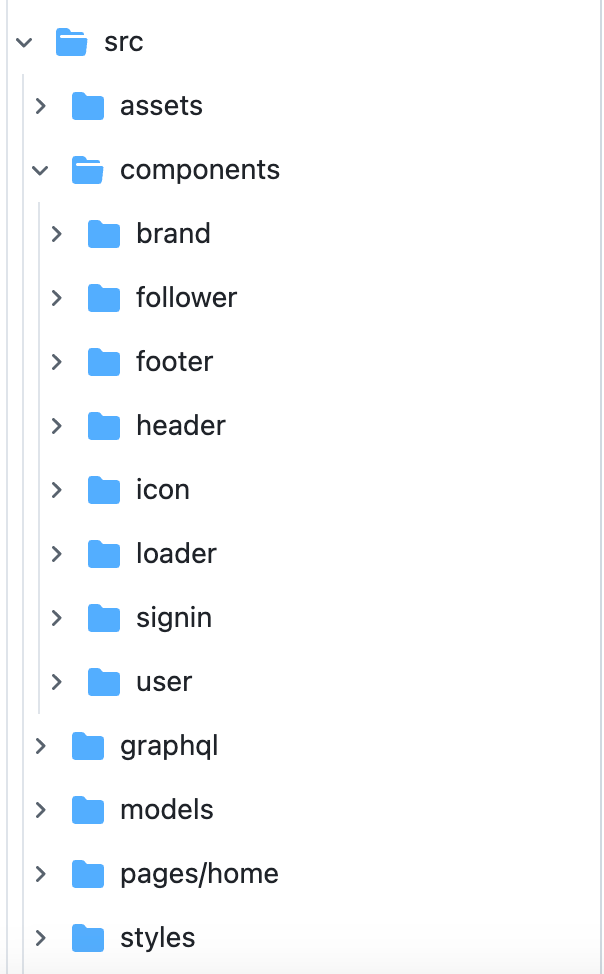Divot was created with a focus on sustainability, driven by the hesitations that surfaced with every purchase I made. When I seek answers about the impact of my purchases, the information can be overwhelming, superficial, and difficult to track. At the same time, some brands are making genuine efforts that often get overshadowed. This platform aims to bridge the gap between brands and consumers, fostering transparency and communication while also showcasing eco-friendly brand efforts.
I first learned how to use React and AWS (Amplify, DynamoDB, Lambda, Cognito) during a project at Dartmouth, and that experience sparked my interest in building something on my own. Post-graduation, I was eager to continue learning, so I made the difficult decision to tell the amazing team at Hyundai that I wasn’t coming back to work in automotive. Instead, I set out to build this app from scratch—not just as a personal project, but as a way to refine my skills and explore my passion for technology and sustainability.
I developed Divot using React for the frontend and AWS Amplify for authentication and backend services, implementing role-based access to differentiate between brands and consumers. Users could create profiles, submit verified sustainability suggestions, and track their contributions over time. I personally reviewed and approved these suggestions to ensure accuracy, creating a system that rewarded engaged users with milestones while maintaining transparency. You’re welcome to check out the github file here.
This project was a deep dive into GraphQL, AWS Lambda, and state management, pushing me to problem-solve across different aspects of full-stack development. More than just a technical exercise, building Divot reinforced my commitment to creating technology that makes information more accessible and actionable—especially in a space as crucial as sustainability.


